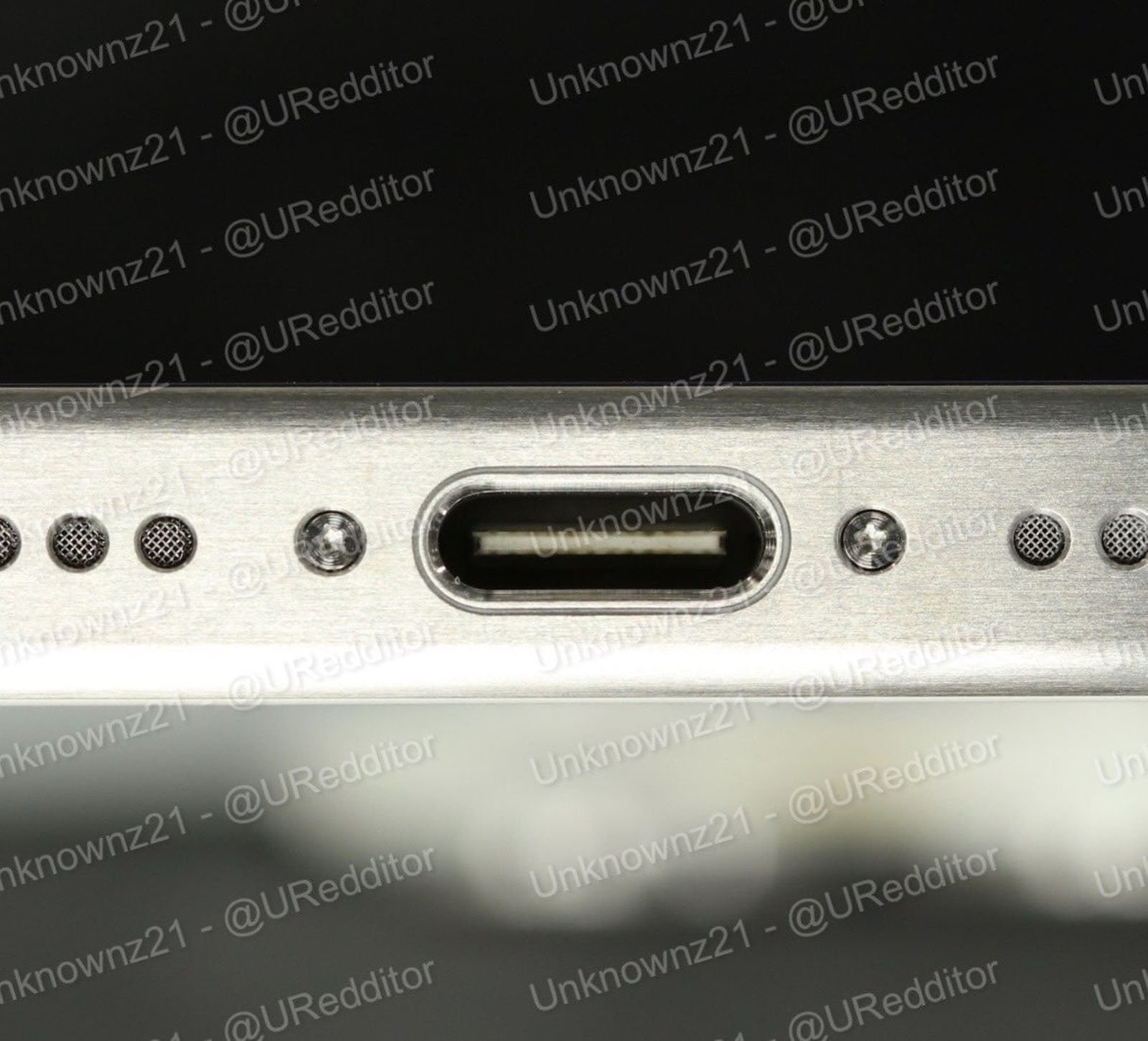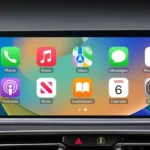The iPhone 15 Pro is expected to launch later this year. After the introduction of the iPhone 14 Pro’s Dynamic Island, there will be several design improvements. For the iPhone 15 Pro, 9to5Mac made a 3D render, based on a CAD model provided by a reliable case manufacturer and 3D artist, Ian Zelbo. The design shows significant changes and features that depart from the iPhone 14 Pro.

One noticeable change is the switch from the Lightning port to USB-C, which marks a significant departure from Apple’s proprietary connector. This change could be due to pressure from the European Union, which has been pushing for a common charging standard for all smartphones and devices.

The curvature of the edges, both on the glass and on the metal frame, has also changed. The glass now curves slightly around the edges, creating a more seamless transition to the frame. The frame itself is also more curved than before, resembling the design of the 14-inch and 16-inch MacBook Pros and new M2 MacBook Air. This could make the phone more comfortable to hold.

The camera bump on the back is thicker than before, which indicates that Apple may have upgraded the camera system with new sensors or lenses. The camera layout remains similar to the iPhone 14 Pro, with three lenses and a LiDAR scanner arranged in a square module. However, the camera lenses are thicker in this generation, likely hinting at larger image sensors.

The volume rockers on the side of the phone may also change, as they look like capacitive buttons instead of physical ones. The mute switch also looks redesigned, with a smaller and rounder shape similar to that of the capacitive buttons.
Regarding the display, we expect it to be similar to the iPhone 14 Pro, with a few mm smaller body and a thinner bezel. Therefore, it is likely that the same 6.1-inch display will fit into a slightly smaller body. The Dynamic Island is still present and appears to be about the same size as the iPhone 14 Pro.

Overall, the iPhone 15 Pro design features significant changes compared to the previous generation. While these renders are based on an early CAD model and may not reflect all aspects of Apple’s final design, they do provide a glimpse into what we can expect from one of this year’s most anticipated smartphones.































Leave a Reply